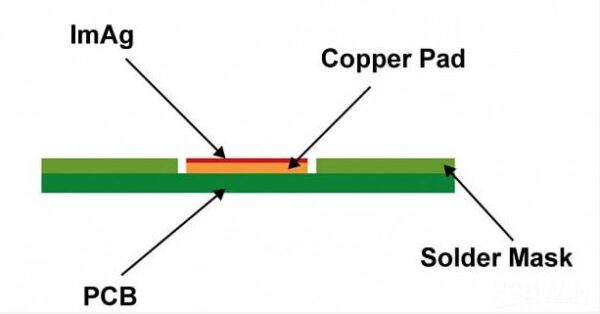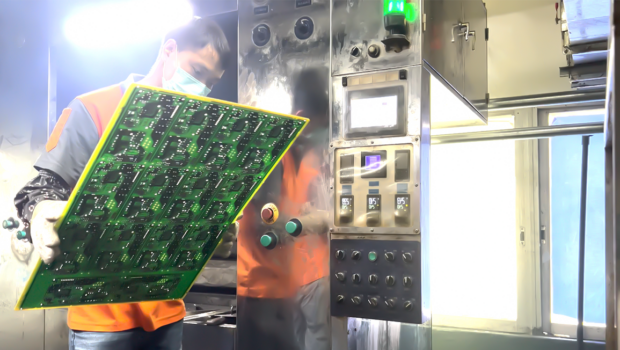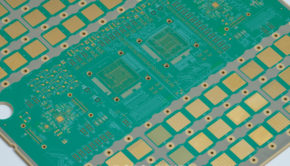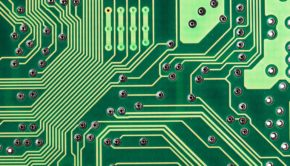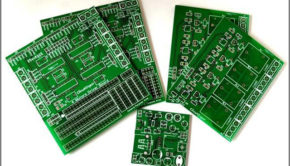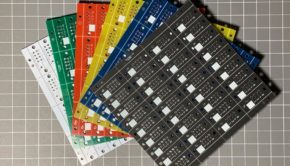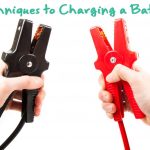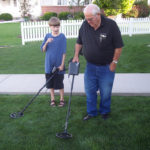How to Select PCB Surface Finishes
Why surface finish is important?
Bare copper has good solderability, but it is easily oxidized by moisture when exposed to air. The oxide layer of copper has a great impact on the soldering. It may lead to cold soldering and even cause the pads and components unable to be soldered, so implementing the surface finishes to the copper surface is very important. Surface finishes can ensure good solderability and electrical properties of the printed circuit boards. For rigid board, PCBWay offers surface finishes including Hot Air Leveling (HASL), Organic Solderability Preservatives (OSP), Electroless Nickel Immersion Gold (ENIG), Electroless Nickel Electroless Palladium Immersion Gold (ENEPIG), Hard Gold Plating, Immersion Tin, Immersion Silver and also plain copper. Among them, the most commonly used finishes are the first three. However, the specific choice of surface finishes depends on the properties of the boards and the needs of the customers.
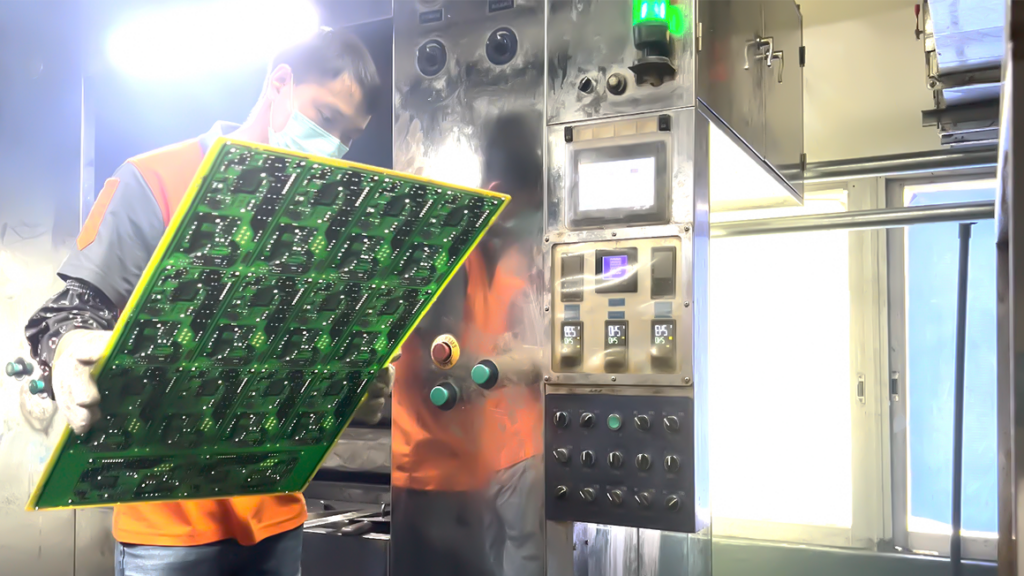
HASL
Hot Air Leveling (HASL) is a process of coating the PCB surface with molten tin-lead solder and leveling it with heated compressed air to form a coating layer that is resistant to copper oxidation and provides good solderability. HASL can be divided into HASL with lead and HASL lead-free. HASL lead-free uses lead-free alloys (e.g. tin-silver alloy and tin-copper alloy) to replace tin-lead alloy and is RoHS compliant.
HASL has many advantages. It is very economical and has excellent solderability. At the same time, it provides excellent wettability during component soldering and prevents corrosion or oxidation of the exposed copper surface.
While disadvantages also exist. Due to the poor surface flatness of the tin-sprayed board, HASL is not suitable for soldering pins in fine pitches and small components. And the high thermal stress of HASL may cause bow and twist on PCBs.
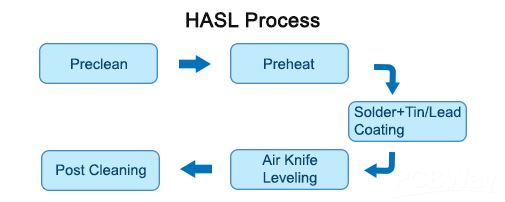
OSP
OSP stands for Organic Solderability Preservatives, which is to chemically form a thin layer of organic protective film on the copper surface to protect the copper from oxidation. When applying the OSP process, a series of pre-treatments, including degreasing and micro-etching, is performed to ensure the good formation of the film.
On the one hand, the OSP process provides excellent surface flatness and is low-cost and RoHS compliant. Also, it requires low operating temperature and makes no damage to the board, and is easy to rework. On the other hand, the organic protective film formed by the OSP process is extremely thin and easily gets scratched. It is also susceptible to acid and humidity.

ENIG
Electroless Nickel Immersion Gold (ENIG) is to replace a nickel-phosphorus layer on the copper surface through a chemical reaction and then replace a layer of gold on the nickel layer. The thickness of chemical nickel and gold is generally controlled at 3-5μm and 0.05-0.15μm respectively.
ENIG provides a very good surface flatness and is suitable for the contact surface of the button. At the same time, it has high-temperature resistance, good heat dissipation, and long shelf life that meets the IPC-1601 standard storage conditions. However, because of the use of the electroless nickel plating process, it is prone to have black pads.
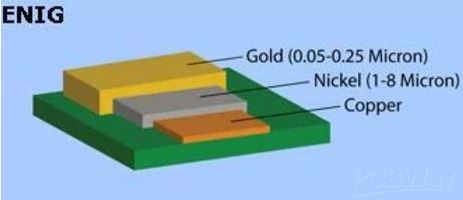
ENEPIG
Compared with ENIG, Electroless Nickel Electroless Palladium Immersion Gold (ENEPIG) has an additional layer of palladium between nickel and gold. During the deposition reaction of the gold replacement, the palladium layer protects the nickel layer from being excessively corroded by the replaced gold and prepares for the gold immersion. ENEPIG requires the deposition of a Nickel layer (Ni 3-6μm) a Palladium layer (Pd 0.1-0.2μm), and a Gold layer (Au 0.1-0.2 μm).
The ENEPIG process can avoid the occurrence of black pads that occurs in ENIG and solves the problem of pad failure. Also, boards with ENEPIG finish can withstand multiple reflow processes and are suitable for the through-hole technology, SMT packaging technology, and BGA packaging technology. However, the process is complex and difficult to control.
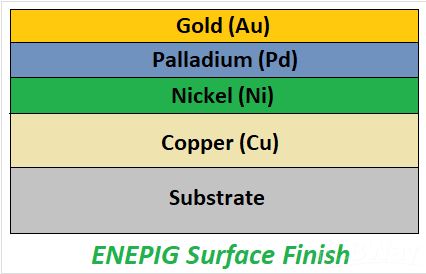
Hard Gold Plating
Hard gold plating is a type of Electrolytic Nickel Gold. Through electroplating, a layer of about 3 to 5 μm of nickel is applied to the copper substrate of the pad and then a thin layer of about 0.01 to 0.05 μm of gold is applied to the nickel. The purpose of plating nickel is mainly to avoid diffusion between gold and copper. The gold-nickel or gold-cobalt alloy is often chosen for the plating. Hard gold is mainly used as board edge contact points (commonly known as gold fingers) on the board.
Hard gold plating can greatly improve the hardness and wear resistance of the PCB, effectively prevent the diffusion of copper and other metals, and also meet the requirements of hot pressure soldering and brazing. But gold plating is more costly and has poor solderability.

Immersion Tin
Immersion tin is to deposit a layer of 0.8 to 1.2 μm metal tin on the copper surface through a displacement reaction.
The immersion tin process is a lead-free surface finish, which is RoHS compliant and suitable for processing fine traces with good flatness and solderability. Also, it can apply to surface mount technology (SMT) or press-fit mounting processes. The main defects of immersion tin are the darkening of the tin surface and poor solderability caused by surface contamination.
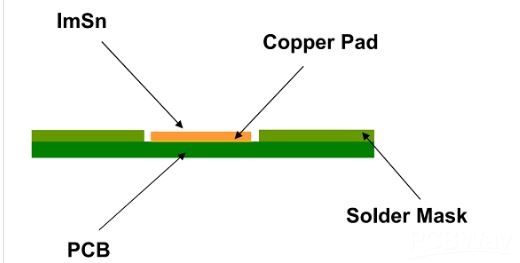
Immersion Silver
The immersion silver process is to deposit a silver layer of 0.1 to 0.6μm on the surface of the copper layer through a displacement reaction.
The silver immersion process provides the PCB with good electrical properties and maintains good solderability. It provides a flat surface, which is a good alternative to HASL.
However, when used as the contact surface (such as the button surface), the hardness of silver is not as good as gold.
